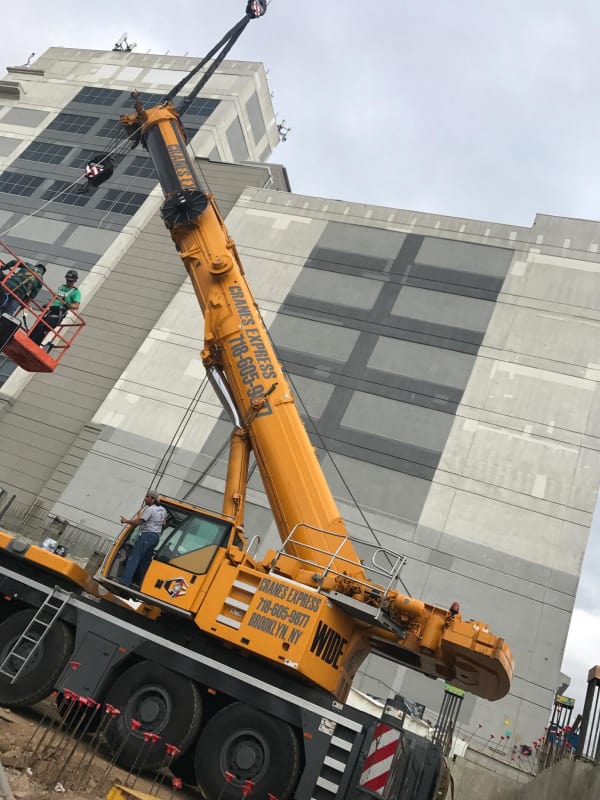Factor Of Safety Overhead Lifting Equipment

Example structural steel column in a building.
Factor of safety overhead lifting equipment. Breaking strength is the rigging material or hardware s tensile strength in lifting and pulling operations. Marking system of safe working load. Due to buckling the failure load of a steel column in a building is estimated to 10000 n. The assessment of this should recognise that there may be a combination of forces to which the lifting equipment including the accessories will be subjected.
It is a calculation of the minimum breaking strength mbs aka minimum breaking load mbl divided by a safety factor usually ranging from 4 to 6 on lifting equipment. This capacity certified by the manufacturer or a qualified rigger shall be based on the manufacturer s specifications with a 5 to 1 safety factor for all components. Lifting equipment must be of adequate strength for the proposed use. The factor can be as high as 10 1 or 10 to 1 if the equipment poses a risk to a person s life.
There are three key terms used in reference to the regulations. Manufacturers for overhead lifting equipment will list hardware by their rated loads and mention safety factor used. For overhead lifting safety factors are 5 0 on ultimate and 3 0 on yield. Safe working load swl is the limiting safety factor to lift and carry any load safely.
Components of the multiple lift rigging assembly shall be specifically designed and assembled with a maximum capacity for total assembly and for each individual attachment point. Factors of safety fos are a part of engineering design and can for structural engineering typically be expressed as fos f fail f allow 1. This is from nasa and air force range safety requirements for ground hardware used in this application. The design factor is the ratio of the minimum breaking strength to the permissible working load.
Definition of design factor. Fos factor of safety. Examples of lifting equipment include. L ifting operations can often putpeople at great risk of injury as well as incurring hefty costs when they go wrong but factors of safety fos for lifting equipment is not.
F fail failure load n lb f. Overhead cranes and their supporting runways patient. Other terms frequently used for design factor are safety factor factor or safety. F allow allowable load n lb f.
It must be clearly marked on any lifting device hoist lifts lifting machines and lifting tackles. Usually marked on the equipment by the manufacturer. Lifting equipment should have a tally plate indicating the safe working load.
















































